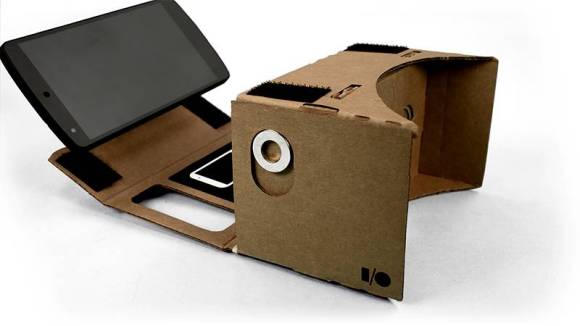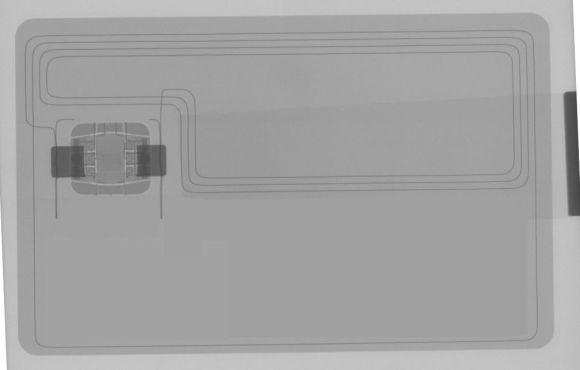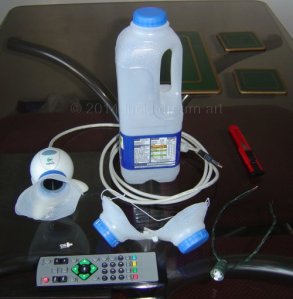 Being aware that oneself is in a dream can be a difficult moment to accomplish. But as [Rob] showed on his blog, monitoring the lucid experience once it happens doesn’t have to be costly. Instead, household items can be fashioned together to make a mask that senses REM sleep cycles. We were tipped off to the project by [Michael Paul Coder] who developed an algorithm to communicate inside a dream.
Being aware that oneself is in a dream can be a difficult moment to accomplish. But as [Rob] showed on his blog, monitoring the lucid experience once it happens doesn’t have to be costly. Instead, household items can be fashioned together to make a mask that senses REM sleep cycles. We were tipped off to the project by [Michael Paul Coder] who developed an algorithm to communicate inside a dream.
[Rob] cut up plastic milk cartons for this ‘DreamJacker’ project and attached a webcam to produce a simple way to detect eye movements. A standard game adapter with a triangular array of white LED’s was added to the plastic cover in order to provide the necessary illumination needed for the camera. After testing it out, he switched to red light to balance sensitivity issues. Another iteration later and [Rob] attempted to create hypnagogic imagery during the drowsiness state that occurs right before falling asleep. He did this by fitting a single tri-color LED that he scrapped from Christmas lights that were dumped on his street.
The mask is tied to the back of the head with shoelaces, and acts like an eye patch during Wake Back to Bed sessions (WBTB). The end result produces an eerie looking graph of eye twitching taken throughout the night. We would be interested confirming that this setup helps the user experience a lucid dream, so it might be time to make our own.
Since writing his post, [Rob] has since adapted a mouse for use inside the mask cup to integrate with the LucidScribe REM FIELD-mouse plugin developed by [Michael Paul Coder].

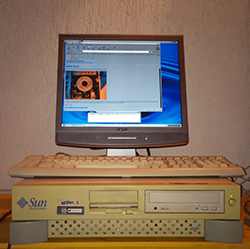 After seeing an earlier Hackaday post on old, old Unix systems loading up
After seeing an earlier Hackaday post on old, old Unix systems loading up 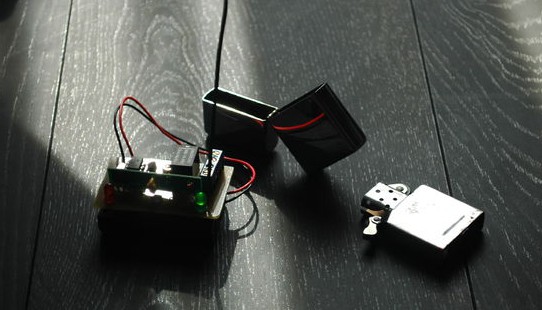
 During our trip out to Vegas for Defcon, we were lucky enough to catch up with a few of the companies that should be of interest to Hackaday readers. One of the companies based out of the area is
During our trip out to Vegas for Defcon, we were lucky enough to catch up with a few of the companies that should be of interest to Hackaday readers. One of the companies based out of the area is 